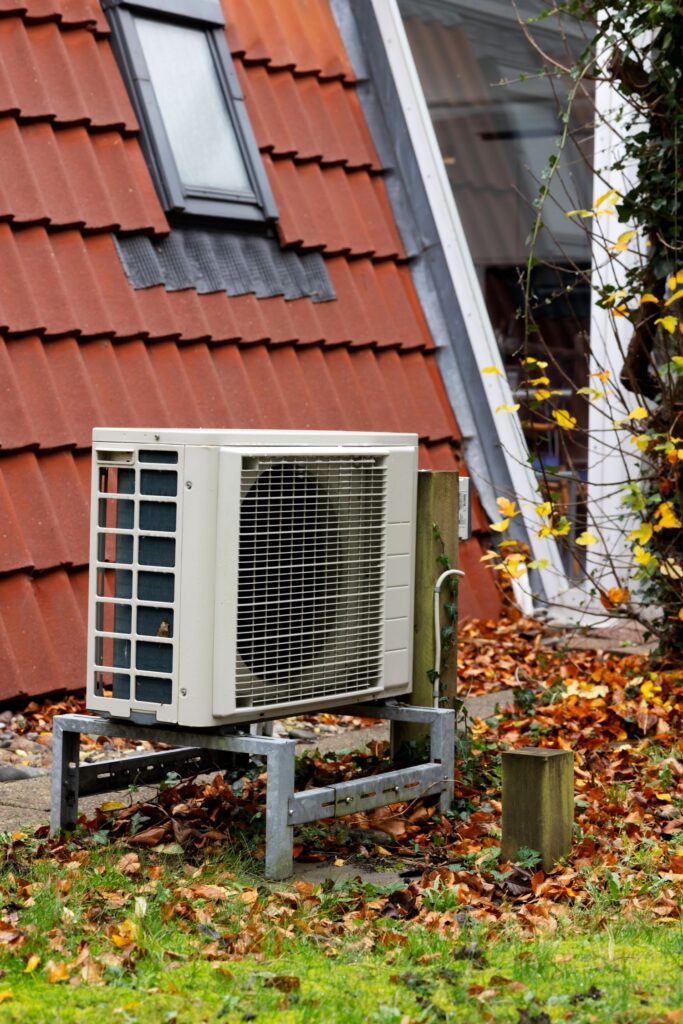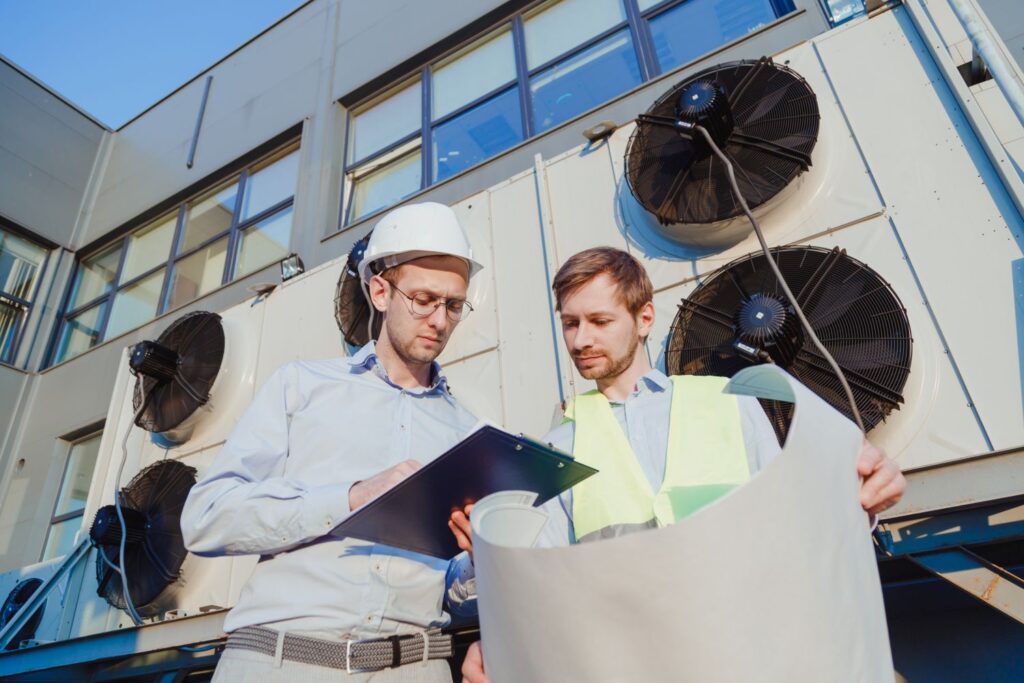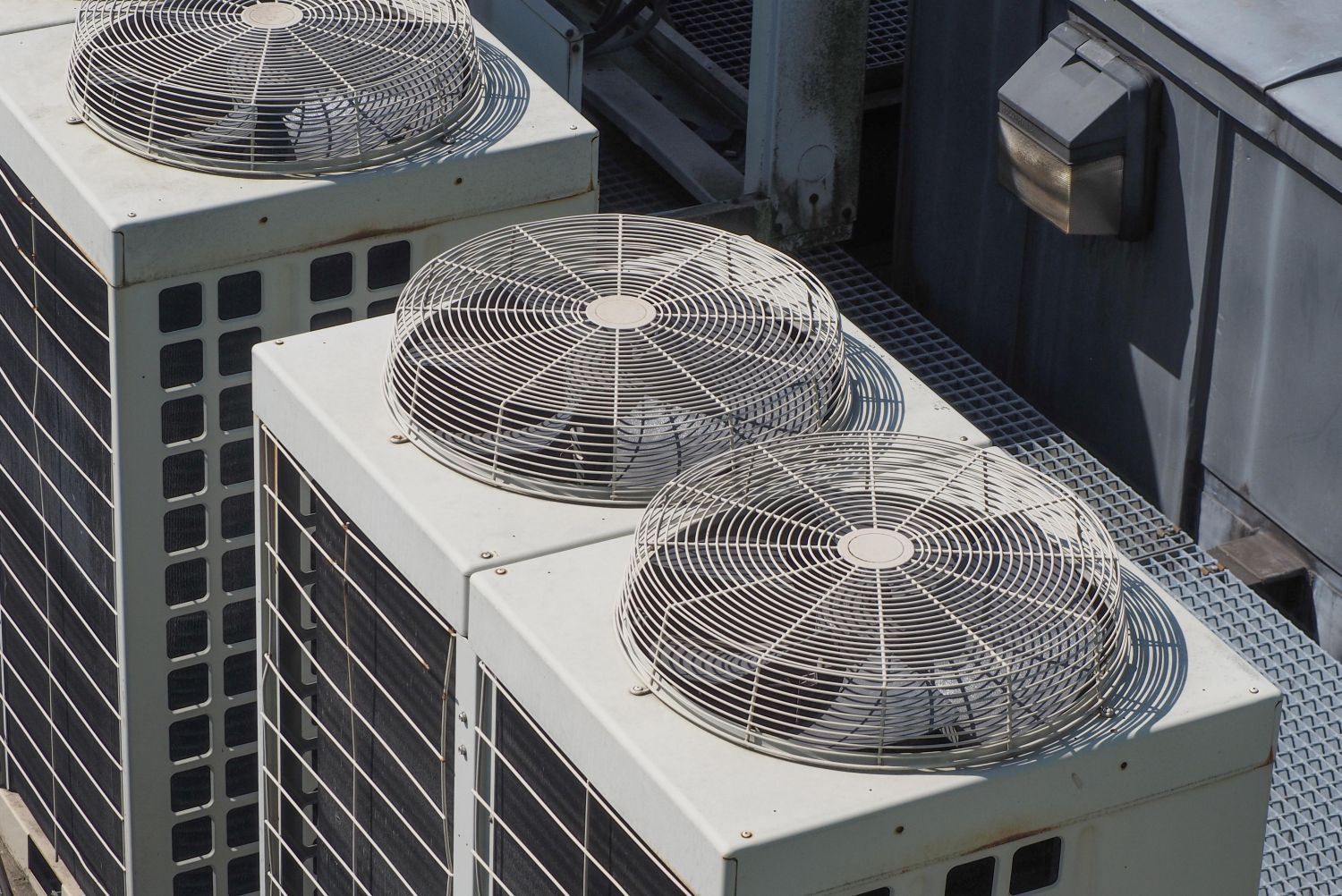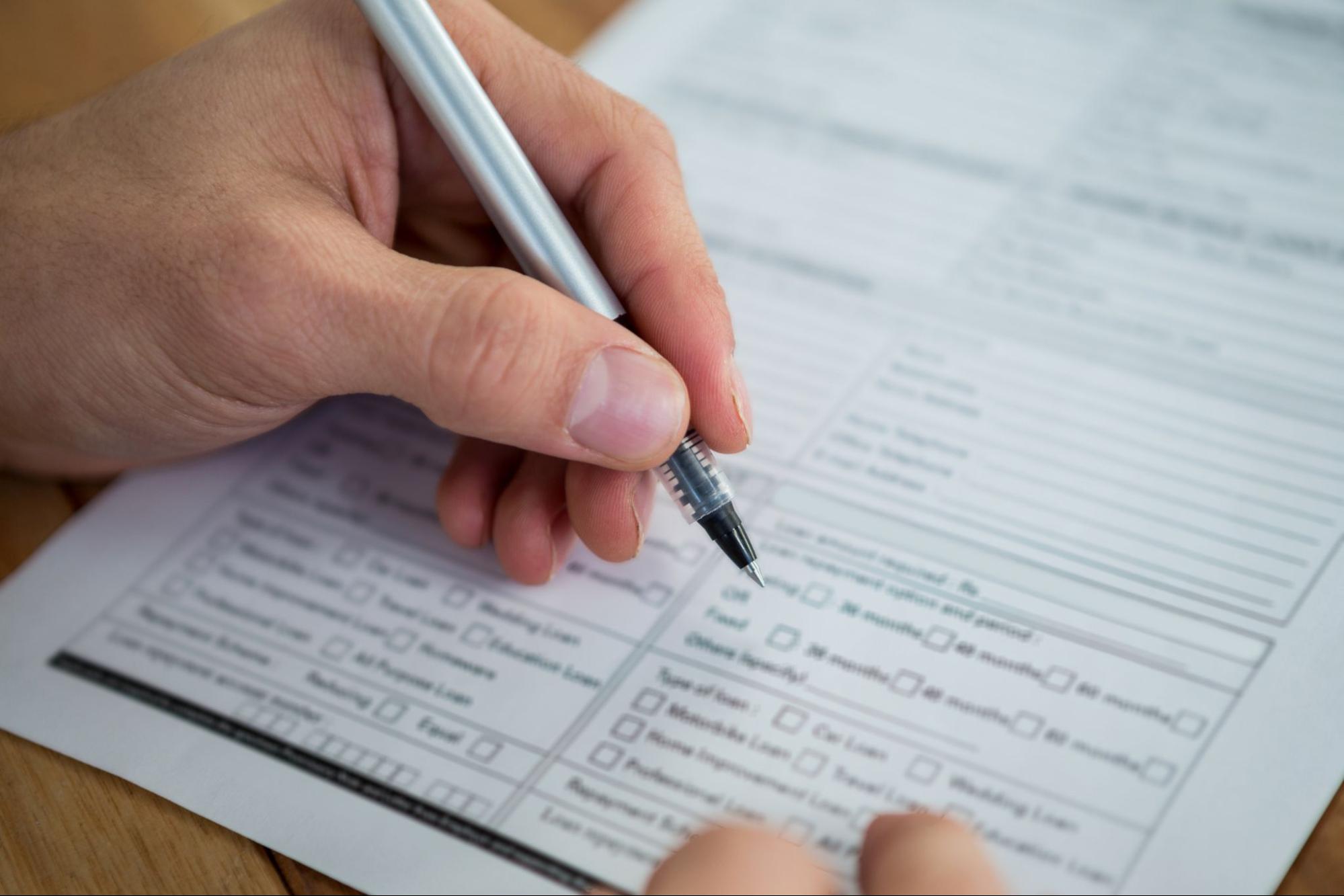When you think about your HVAC system, you probably picture comfort—cool breezes in July and cozy warmth in January. But here’s the thing: your heating and cooling setup has a significant environmental footprint, and that footprint starts long before the first thermostat click. Whether you’re replacing an old system or building from scratch, your HVAC installation decisions can either raise or reduce your home’s impact on the planet.
At S&P Heating, we believe St. Clair County homeowners can stay comfortable and eco-conscious. That’s why we’re breaking down the full picture of HVAC-related environmental impact—and showing you how to make your setup greener without sacrificing performance.
Ready to go green? Let’s dive into how your HVAC installation choices shape energy use, emissions, and sustainability for years to come.
The Hidden Footprint of HVAC Installation
Here’s the not-so-cool truth: HVAC systems account for nearly 50% of household energy use in the U.S. And it’s not just about electricity—the type of system you choose, the way it’s installed, and how it’s maintained all play into the overall HVAC lifecycle carbon footprint.
Common areas of environmental impact:
- Refrigerant environmental impact (especially older systems using R-22 or R-410A)
- Improper HVAC system disposal services release harmful chemicals
- Oversized units waste energy
- Poor duct leakage prevention, causing heated or cooled air to escape
- Low-efficiency components increase consumption year-round
But don’t worry—we’re not here to guilt-trip. We’re here to help you make smart, sustainable choices that still keep your toes warm in winter and your skin dewy in summer.
Step 1: Choose a Green HVAC System from the Start
The biggest opportunity to go green? Choosing the right equipment during your HVAC installation is crucial.
Look for green HVAC systems with:
- ENERGY STAR® certification
- SEER2 energy ratings of at least 15 (but higher is better!)
- Inverter compressor technology for variable-speed control
- Dual-fuel or hybrid options (gas + electric)
- All-electric heat pump systems in milder climates
In St. Clair County, systems with high SEER2 ratings and smart zoning capabilities tend to offer the best efficiency and comfort balance, especially during our four-season weather.
Step 2: Think Beyond the Box—Energy-Efficient Heating and Cooling as a Whole System
An eco-friendly HVAC setup is more than just the main unit. It’s about how air moves through your home, how much insulation you have, and how well everything’s sealed.
Tips for maximum efficiency:
- Upgrade your insulation and windows during the HVAC install
- Seal ductwork with mastic or approved tape—not duct tape!
- Add returns to improve airflow balance
- Optimize unit placement (shaded areas = less energy use)
- Use duct leakage prevention techniques during and after installation
Don’t let your shiny new unit lose efficiency through bad airflow or drafty construction. Make it a package deal.
Step 3: Smart Thermostat Setup Is a Game-Changer
Want more control over your comfort—and your carbon output? Invest in a smart thermostat setup during installation.
Smart thermostats allow:
- Remote control via app
- Learning your schedule and adjusting automatically
- Integration with voice assistants
- Usage reports to track energy
- Zoned heating/cooling (if your system supports it)
Plus, the programmable thermostat benefits are well-documented: you can reduce HVAC-related energy use by up to 10% annually just by programming your settings wisely.
Step 4: Dispose of Old Systems Responsibly
Out with the old—but not in the landfill. Proper HVAC system recycling is a significant part of going green.
Refrigerants like R-22 (aka Freon) are now banned from production but may still exist in older units. Improper disposal can release these harmful substances into the atmosphere, worsening global warming.
Look for:
- Contractors who offer certified HVAC system disposal services
- Recovery of refrigerants per EPA guidelines
- Recycling of copper, steel, and aluminum components
- Safe handling of thermostats containing mercury (common in older models)
Step 5: Request an HVAC Energy Audit
Not sure where your system stands? An HVAC energy audit can identify:
- Duct leaks
- Poor airflow
- Air infiltration through walls or ceilings
- Undersized or oversized systems
- Room-specific issues like hot/cold spots
You’ll get a detailed breakdown of where energy is wasted and how to fix it. Many audits also include blower door tests and infrared scanning to pinpoint thermal weak spots in your home.
Bonus Green Tip: Schedule Smart to Reduce Impact

Here’s one most people don’t think about: when you schedule your HVAC installation, it can also affect the environment. Booking off-season installs (spring or early fall) can reduce:
- Emergency equipment rushes and emissions from express shipping
- Energy spikes from late-season usage
- Unnecessary technician trips due to poor planning
Efficiency isn’t just about electricity—it’s about logistics, too.
What About the Long-Term Payoff?
Sure, eco-friendly HVAC installation might cost a bit more up front, but the savings add up fast:
- Lower monthly bills
- Longer equipment lifespan
- Fewer repairs
- Better indoor air quality
- Increased home resale value (buyers love green upgrades!)
And thanks to federal and state energy incentives, you might be eligible for rebates or tax credits on qualified St. Clair County sustainable HVAC systems.
Green HVAC Myths: Busted
Let’s clear up some common misconceptions that keep people from making greener choices.
Myth 1: High SEER = Best Choice, No Matter What
Truth: A higher SEER2 rating is great—but only if your home supports it. Without proper ductwork and airflow, you won’t get the benefits you’re paying for.
Myth 2: You Can’t Be Comfortable and Eco-Friendly
Truth: With modern inverter compressor technology and zoning, you can enjoy total comfort while drastically reducing your carbon footprint.
Myth 3: You Have to Go All-Electric to Be Green
Truth: Dual-fuel systems are a great middle ground for homes in colder climates like St. Clair County, offering lower emissions and better efficiency during transitional seasons.
📞 Ready to Green Up Your HVAC Installation?

If you’re planning a system upgrade or building a new home, don’t miss the opportunity to make your setup more sustainable from day one. At S&P Heating, we specialize in eco-friendly HVAC installations that blend efficiency, performance, and environmental responsibility.
Our team handles:
- High-efficiency system selection
- Smart thermostat setup
- Safe and ethical system disposal
- Duct optimization and airflow balancing
- Local permit compliance for St. Clair County projects
Call us today to schedule a green HVAC consultation—and take a big step toward a cleaner, healthier home.
❓FAQ: Greener HVAC Choices—Digging Deeper
Can you upgrade parts of your HVAC system without replacing the whole thing to be more eco-friendly?
Yes! Swapping out an old thermostat for a programmable or smart model, sealing ducts, adding insulation, or replacing a failing condenser coil can all improve efficiency without a full system replacement. A technician can help you prioritize the upgrades with the biggest impact.
How do you know if your installer is environmentally responsible?
Ask questions! Reputable contractors should be familiar with HVAC energy audits, proper disposal processes, high-efficiency ratings, and sustainable brands. If they offer vague answers about refrigerants or can’t explain the SEER2 label, it may be time to find a more eco-aware provider.
🔗 Up Next: Staging for St. Clair County Winters
❄️ Check Out Our Next Post: “Is a Two-Stage Furnace Worth It for St. Clair County Winters?“
Not all heating systems are created equal. In our next article, we break down the pros, cons, and cost-efficiency of two-stage furnaces—and whether they’re the right fit for your Michigan winter comfort goals. Don’t miss it!



